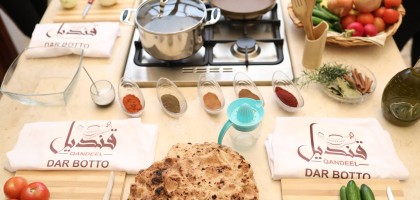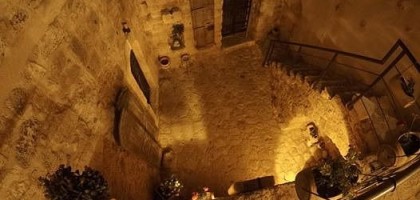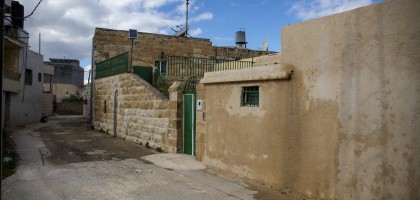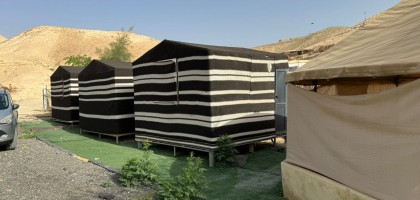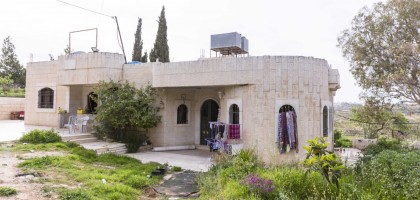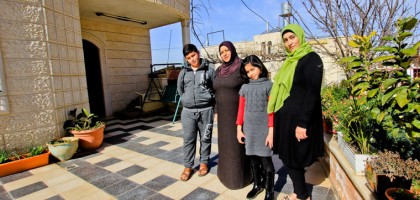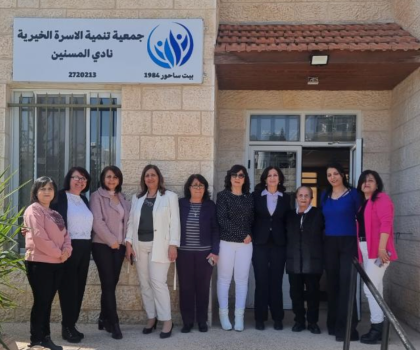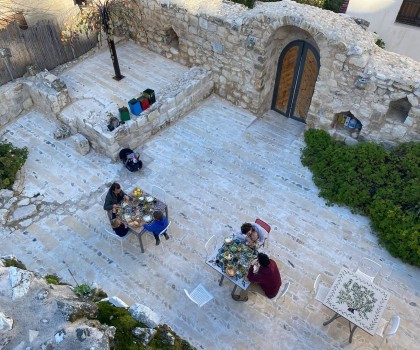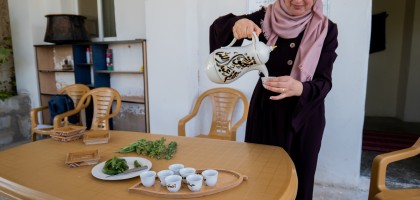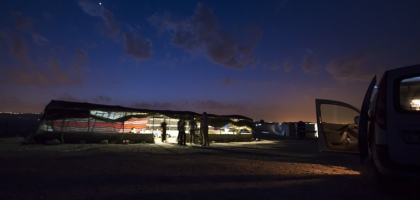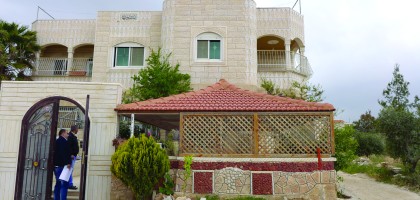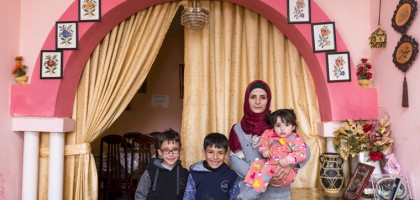Accommodation
The Palestinian Heritage route includes a variety of accommodation options; often, the selection of accommodation styles available depends on the location, but the majority of the time accommodations, offer you the opportunity to interact with members of the local community, throughout this online guidebook, accommodations are listed for each region on each segment. In general, we classify each of these accommodation options as one of the following types:
- Family Homestay: Walkers are hosted in the home of a local family
- Guesthouse: Small, locally-owned establishment with private rooms
- Hostel: Accommodation offering dormitory options; or Hotel
- Bedouin Tent: Usually dormitory-style sleeping on mats on the floor of a large tent.
- Camping: While designated camp spots are not common in the West Bank, it is possible. to camp in some places.
What should I expect from a homestay?
Expect to experience the local lifestyle in an entirely new way! When participating in a family homestay, walkers sleep in a local home, eat local food, and participate in local events and community activities.
Host families vary in income: while some houses may be quite comfortable, others may seem simple and basic by western standards. Some homestay hosts can offer guests their room to sleep in; others provide mats or mattresses on the floor of the living room.
In all homestays, you can expect to be treated like family and cared for very intentionally. Hospitality is a prominent characteristic of Palestinian culture and an important value in each community along the trail. Your hosts will take great care to ensure that you are comfortable and well-fed, and the coffee and tea will flow freely! There may be some communication barriers, but families will be interested in swapping stories; and if there are children in the home, expect to play some children’s games.
Homestays offer travelers an incredibly authentic experience, but they may be intimidating to some. For suggestions on navigating homestays and other interpersonal interactions in the region, see our guide to cultural consideration.




